What’s the Buzz
The Bee Healthy Blog
Heat Stroke vs Heat Exhaustion: What’s the Difference?

When summer comes around, families look forward to spending more time outdoors. But the hot weather and summer heat bring with them a risk of heat-related illnesses such as heat stroke and heat exhaustion, especially in a warm climate.
Please continue reading to learn the difference between heat exhaustion and heatstroke. We will discuss how to recognize these conditions, what to do if they occur, and how to prevent them.
What is a heat-related illness?
A heat-related illness is an illness that occurs from exposure to high degrees of heat and humidity for prolonged durations without breaks and enough water intake. There are two main types of heat-related illnesses.
Heat Stroke
This is a condition in which the body’s sweating mechanism does not work properly. As a result, you can no longer control your core body temperature and are unable to stay cool. High temperatures of 106 degrees Fahrenheit can develop in under 15 minutes during a heat stroke (the normal temperature is 98.4F). This is a medical emergency and can lead to permanent disability and even death if you do not receive immediate medical attention.
Heat Exhaustion
This is a type of heat illness in which the body sweats excessively and loses large amounts of salt and water. Risk factors include older age, high blood pressure, and working in extreme heat environments (outdoor workers are at an increased risk of heat exhaustion).
Which is worse: heat stroke or heat exhaustion?
Heat stroke is a more serious heat-related illness than heat exhaustion. The core temperature in heat stroke patients can be very high. Left untreated, it can be fatal.
What are 3 signs of heat exhaustion and heat stroke?
The main warning signs and symptoms of heat stroke are a very high body temperature, heavy sweating, hot, dry skin, slurred speech, confusion, and seizures.
Symptoms of heat exhaustion include dizziness, weakness, headache, nausea, irritability, increased body temperature, heavy sweating, decreased urine output, and thirst.
What to do if someone has heat stroke or heat exhaustion?
If someone has signs and symptoms of heat stroke, it requires emergency treatment. Call 911 or emergency services. While you wait for EMS, move the person to a shady or cool area and stay with them until help arrives. Remove unnecessary clothing for immediate cooling. Try to cool their body with an ice-cold bath (if possible). Otherwise, try wetting the skin with cold compresses or ice packs, placing cold, wet cloths on the skin, or soaking their clothing in water.
If someone is experiencing heat exhaustion symptoms, take them to a medical clinic or emergency room or call 911. Stay with them until EMS arrives. Take them to a cooler place. Remove unnecessary outer clothing such as shoes and socks. Give them cold liquids to drink, such as frequent sips of cold water. Apply cold compresses and/or wash their face and neck with cold water. Treat high blood pressure with certain medications if one has been prescribed for the person.
What are some other types of heat illnesses?
Rhabdomyolysis
This is a serious condition that occurs due to strenuous activity and heat stress in hot and humid weather. It results in a rapid breakdown and death of muscle cells, releasing large quantities of proteins and electrolytes into the blood.
Early warning signs of rhabdomyolysis include muscle cramps, weakness, inability to exercise, and dark-colored urine (tea or cola-colored).
If you suspect rhabdomyolysis, stop exercising, drink lots of fluids, preferably water, and get immediate medical care at the nearest health clinic or emergency room. Doctors may order a creatine kinase blood test to diagnose rhabdomyolysis.
Heat Cramps
This condition affects people who sweat a lot during physical activity. As a result of the sweating, the body loses salt and water. This causes painful muscle cramps called heat cramps, which can also be a symptom of heat exhaustion.
Treatment for heat cramps consists of the following:
- Avoid exposure to more heat.
- Drink water or a sports drink to replace electrolytes.
- Eat a snack containing carbohydrates.
- Do not take salt tablets.
- Get medical help if the cramps continue for more than an hour.
- Go to a medical clinic if you have heart problems or are on a low-sodium diet.
Heat Syncope
This is a dizziness or fainting episode that occurs after standing for too long in a hot environment or after standing up from a sitting or lying position. Lack of proper heat acclimatization and dehydration can trigger heat syncope.
If it happens, you should sit down or lie down in a cool place and take small sips of cold water, sports drinks, or clear juices.
Heat Rash
Excessive sweating in hot weather with high humidity levels can lead to a skin irritation called heat rash. It appears as small clusters of red bumps or pimples in sweat-prone areas with moist skin, such as the neck, chest, elbow creases, and groin. Treatment for heat rash consists of keeping the area as dry as possible and using powder to soak up the sweat.
How to stay safe in hot weather?
- Stay hydrated. Drink plenty of fluids, especially during strenuous outdoor activities in hot weather. Water or a sports drink is preferable. Make sure you have enough cool water to last you throughout the day. Avoid caffeine, colas, teas, coffees, and alcohol, as they can contribute to dehydration.
- Dress in breathable, loose-fitting, light-colored, and lightweight clothing.
- Mist or wet yourself with a spray bottle periodically to prevent overheating. Pay attention to heat advisories and stay indoors on particularly hot days.
- Plan outdoor activities in the early morning or late evening when it is cooler.
- Make sure you get enough rest in shaded or cool areas during outdoor activities.
- Protect yourself from the sun with a hat, sunglasses, umbrella, and SPF 15 or higher sunscreen.
- Get your body acclimatized to the heat by slowly increasing the amount of time you spend outdoors.
- Avoid sudden temperature changes, such as going from air conditioning to an outdoor area with a high heat index.
References:
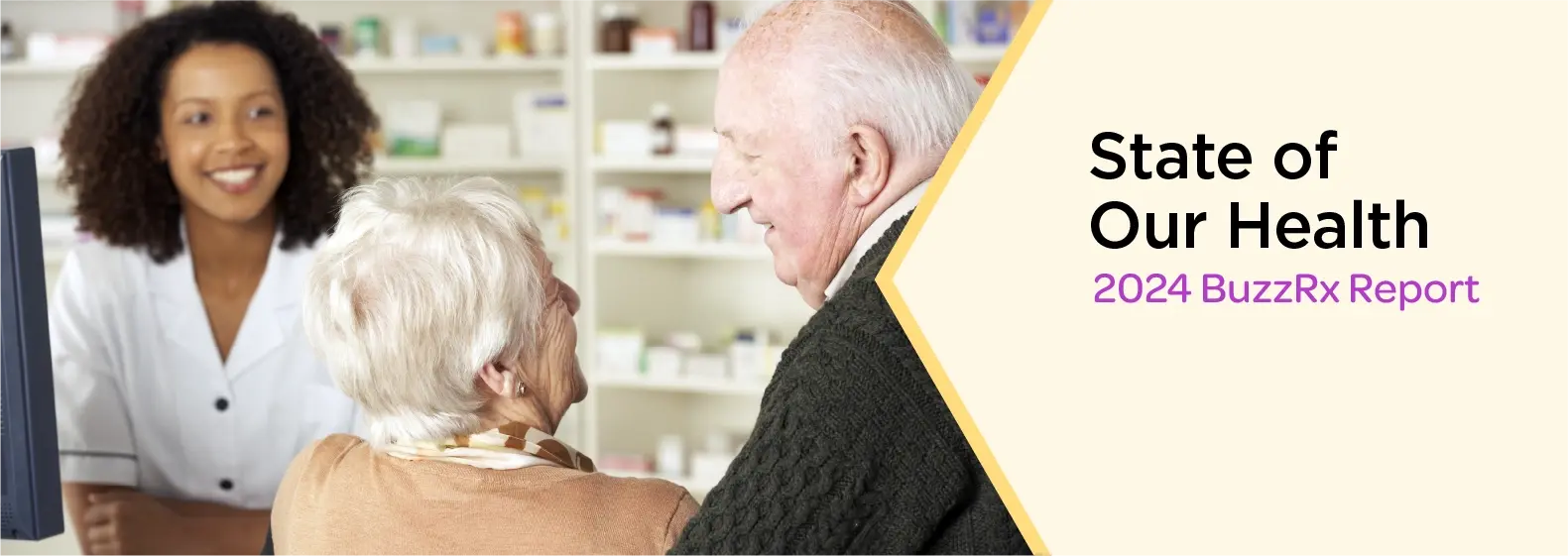
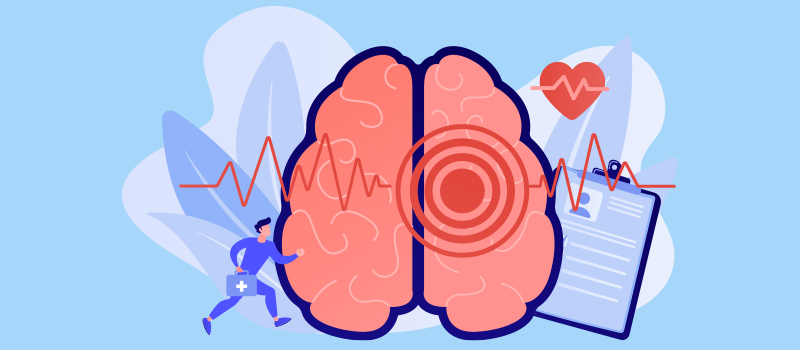


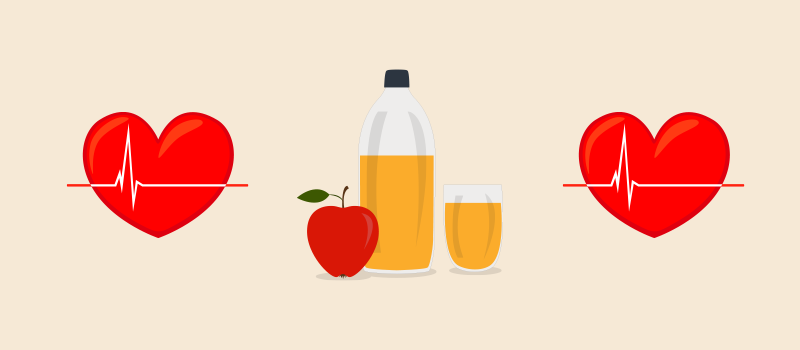
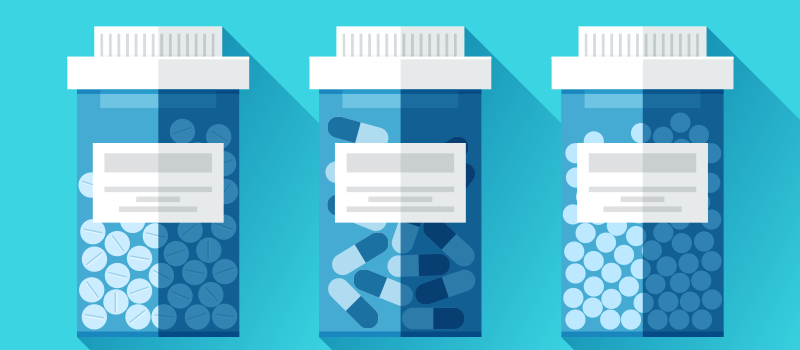

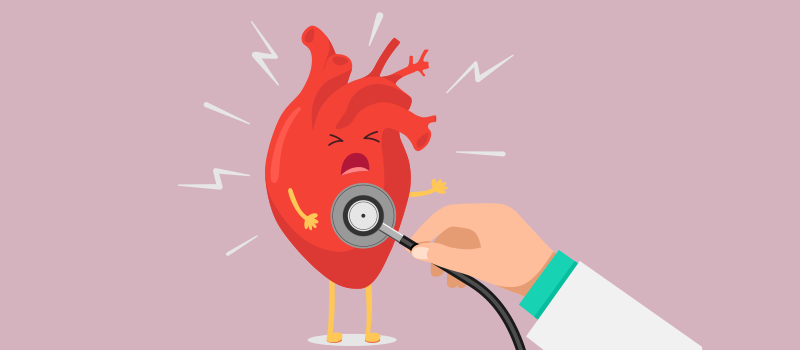
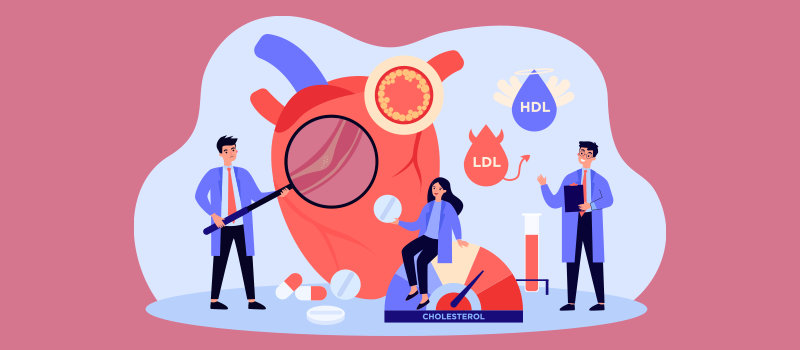



SOCIAL